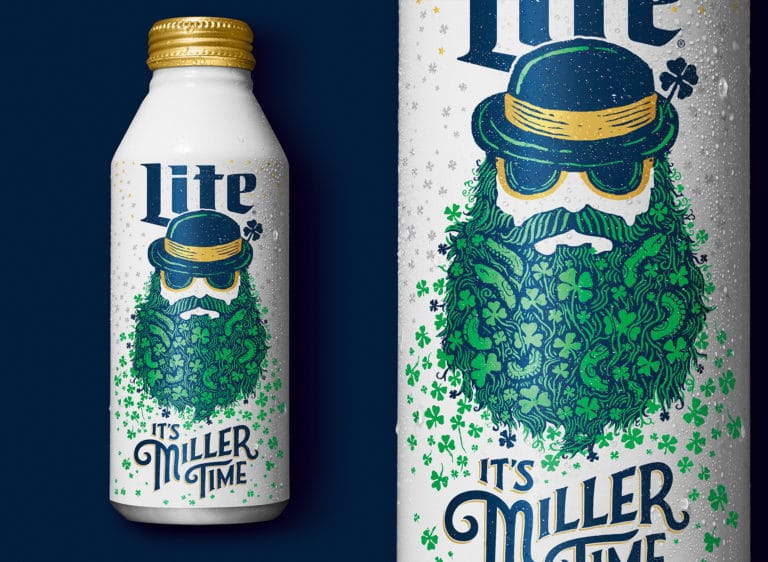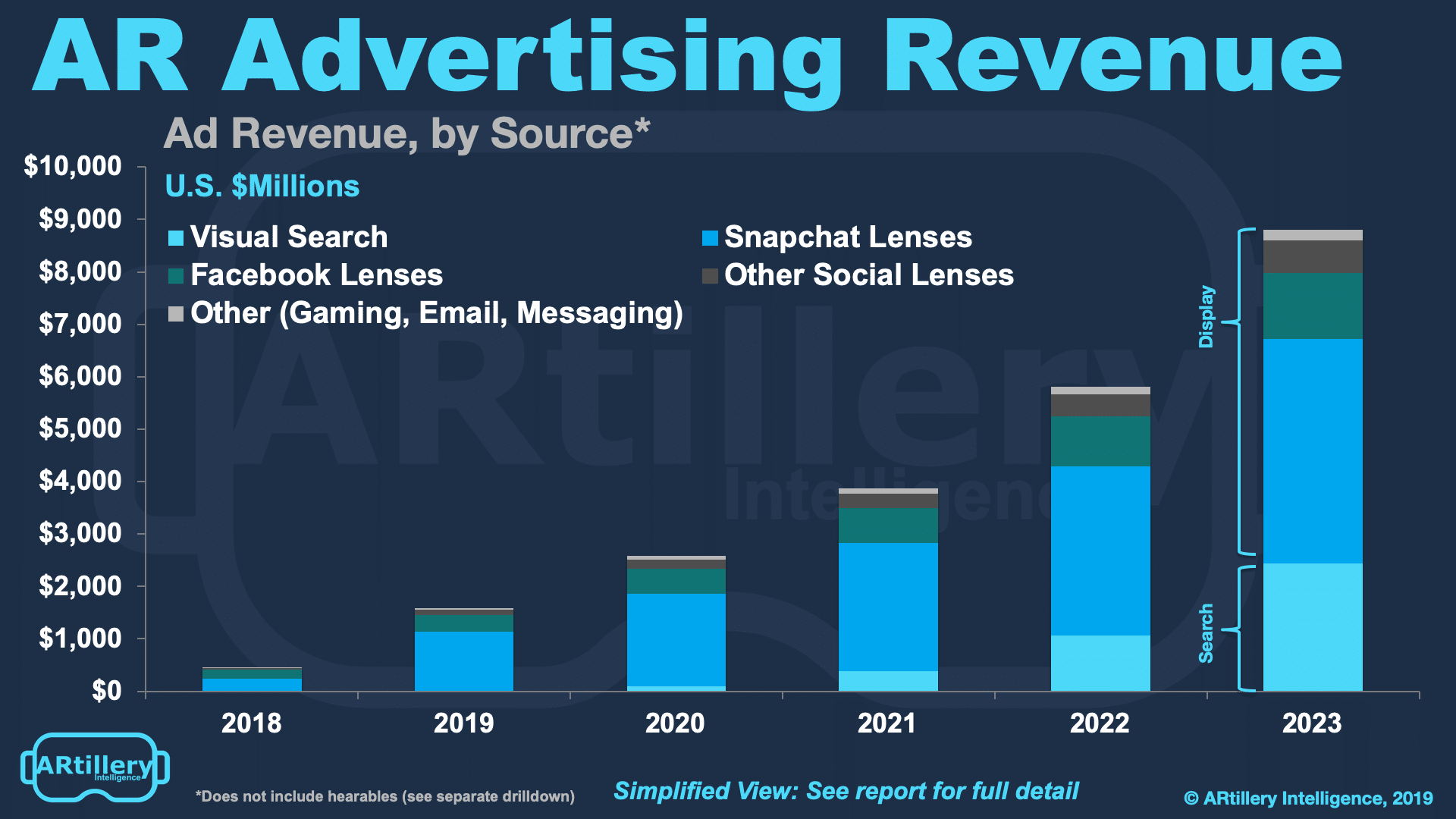
This is the latest in AR Insider’s Campaign Tracker series. Running semi-weekly, it examines marketing campaigns that utilize AR visualization such as product try-ons, and their results. For a full list of campaigns, comparative ROI chart and deeper analysis, subscribe to ARtillery PRO.
Evidence continues to roll out for AR’s efficacy as an ad medium. Though still in the minority, early-adopter brands are learning that AR lets them demonstrate products in immersive ways. That can include brand engagement (upper-funnel) or “try before you buy” (lower-funnel).
In the former category, we’re seeing things like letting users pose with superheroes in AR to promote upcoming film releases. For the latter, it’s product try-ons using the front-facing camera (sunglasses, cosmetics) or rear-facing camera (cars, couches). Results are strong for both.
The latest evidence on the brand engagement side of the AR ad spectrum is Miller Lite’s St. Patrick’s Day campaign. The multi-pronged campaign included an AR portal that let users enter an immersive Irish-themed (and beer-themed) world, as well as an AR coin-toss drinking game.
Separately, the Web AR portion of the campaign (powered by 8th Wall) launched animations when users pointed their phones at designated markers on Miller Lite cans and packaging. The animations featured the campaign’s protagonist, the Bearded Man, in various hijinx.
Proof Points
If any of this sounds familiar, it’s because the campaign was well covered by the AR trade press when it launched. But new data was released yesterday about the campaign performance during the xRS conference from Unity Head of AR/VR Ad Innovation and thought leader Tony Parisi.
Specifically, the Unity-built AR portal had a 28 percent engagement rate, compared with a 20 percent benchmark for past branded AR experiences that Unity tracks. 93 percent of users completed the portal tour, which again exceeded historic benchmarks which are about 40 percent.
The coin toss game had a 75 percent re-engagement rate, indicating AR’s potential for replayability. There was also a 25 percent lift in Miller Lite “favorability” versus typical St. Patrick’s Day fare (think: Guinness); and session lengths with the Bearded Man averaged 3 minutes.
The results speak for themselves in outperforming non-AR benchmarks. One highlight is the 25 percent favorability lift, given that the campaign’s main objective was to elevate Miller Lite’s seasonal affinity. The challenge was doing so for a beer that’s not endemic to St. Patrick’s Day.
Another thing we’ll underscore from the results is the 3+ minute session lengths. As we examined earlier this week, favorable session lengths for AR campaigns counter the common wisdom that AR effectiveness is diminished by relatively short sessions (upheld device, arm fatigue, etc.).
As reported by 8th Wall — which again, ran the Web AR bearded man component of this campaign — 50 percent of its AR sessions exceed 2 minutes. That further emboldens the data point with a broader sample, and validates AR advertising’s potential engagement levels.

Competitive Edge
As for campaign strategy, Miller Coors launched the AR portal two weeks before the holiday to boost awareness. It then followed that with the bearded man AR can activation during St. Patrick’s Day weekend. And all of the above was amplified through Miller Lite’s social channels.
The takeaway for consumer-facing brands, or anyone considering AR advertising, is that it’s really working The scale and reach are still relatively low but even that’s showing signs of reaching Superbowl-sized audiences when propelled by the virality of social channels like Snapchat.
But regardless of AR’s capability and reach today, it shows enough positive signals for brands to start experimenting and developing competency for tomorrow. One lesson from the smartphone era is that those who failed to do so fell behind and lost competitive edge to those who did.
“As consumers demand more engaging and immersive experiences, brands should absolutely be thinking about incorporating AR into their marketing campaigns,” Parisi told AR Insider. “Two areas I’d recommend starting with are digitizing and storytelling. If a brand has physical products, they should start looking into creating real-time 3D assets to represent those products virtually. They don’t have to complete the full catalog, but it’s important to start so they understand the tools and processes. I also encourage brands to think about how to tell their story with AR. Whether the product is a manufactured good, a financial service, or food or beverage, there’s a story to tell – one that will be more relevant and engaging to consumers through the lens of AR.”
Editor’s note: Speaking of 8th Wall, we’d like to acknowledge the news that the company picked up Tom Emrich from free agency. The industry thought leader and friend of AR Insider joins 8th Wall as its VP of product. We’d like to congratulate 8th Wall and Emrich and wish the very best.
For deeper XR data and intelligence, join ARtillery PRO and subscribe to the free AR Insider Weekly newsletter.
Disclosure: AR Insider has no financial stake in the companies mentioned in this post, nor received payment for its production. Disclosure and ethics policy can be seen here.
